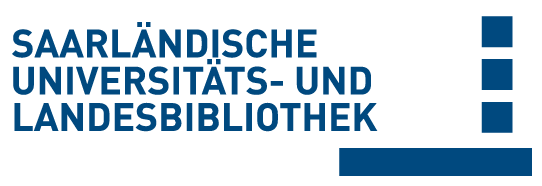Please use this identifier to cite or link to this item:
Volltext verfügbar? / Dokumentlieferung
doi:10.22028/D291-37697 Files for this record:
There are no files associated with this item.
| Title: | Comparison of First-Line Anti-PD-1-Based Combination Therapies in Metastatic Renal-Cell Carcinoma : Real-World Experiences from a Retrospective, Multi-Institutional Cohort |
| Author(s): | Hoeh, Benedikt Schmucker, Philipp Klümper, Niklas Hahn, Oliver Zeuschner, Philip Banek, Severine Karakiewicz, Pierre I. Ellinger, Jörg Heinzelbecker, Julia Hölzel, Michael Strauß, Arne Zengerling, Friedemann Mattigk, Angelika Kalogirou, Charis |
| Language: | English |
| In: | |
| Title: | Urologia Internationalis |
| Publisher/Platform: | Karger |
| Year of Publication: | 2022 |
| Free key words: | Checkpoint inhibition First-line therapy Immunotherapy Metastatic renal-cell carcinoma |
| DDC notations: | 610 Medicine and health |
| Publikation type: | Journal Article |
| Abstract: | Introduction: The aim of this study was to test for differences in overall (OS) and progression-free survival (PFS) rates and toxicity in first-line immune checkpoint inhibition (IO) combination therapy in metastatic renal-cell carcinoma (mRCC) patients. Methods: Between November 2017 and April 2021, 104 patients with histologically confirmed mRCC from 6 tertiary referral centers with either IO + IO (nivolumab + ipilimumab, n = 68) or IO + tyrosine kinase inhibitor (TKI) (pembrolizumab + axitinib, n = 36) were included. Kaplan-Meier and Cox regression analyses tested for OS and PFS differences. Results: Of 104 mRCC patients, 68 received IO + IO (65.4%) and 36 IO + TKI (34.6%) therapy, respectively. Median age was 67 years (interquartile range: 57–70.3). Patients receiving IO + TKI were less likely to be poor risk according to the International Metastatic Renal-Cell Carcinoma Database Consortium score (16.7 vs. 30.9%) and presented with lower T-stage, compared to IO + IO treated patients. Median PFS was 9.8 months (CI: 5.3–17.6) versus 12.3 months (CI: 7.7 – not reached) for IO + IO versus IO + TKI treatment, respectively (p = 0.22). Median OS was not reached, survival rates at 12 months being 73.9 versus 90.0% for IO + IO versus IO + TKI patients (p = 0.089). In subgroup analyses of elderly patients (≥70 years, n = 38), IO + TKI treatment resulted in better OS rates at 12 months compared to IO + IO (91.0 vs. 57.0%; p = 0.042). Conclusion: IO + IO and IO + TKI as first-line therapies in mRCC patients were both comparable as for the oncological outcome and toxicity. |
| DOI of the first publication: | 10.1159/000521661 |
| URL of the first publication: | https://www.karger.com/Article/FullText/521661 |
| Link to this record: | urn:nbn:de:bsz:291--ds-376970 hdl:20.500.11880/34102 http://dx.doi.org/10.22028/D291-37697 |
| ISSN: | 1423-0399 0042-1138 |
| Date of registration: | 25-Oct-2022 |
| Faculty: | M - Medizinische Fakultät |
| Department: | M - Urologie und Kinderurologie |
| Professorship: | M - Prof. Dr. Michael Stöckle |
| Collections: | SciDok - Der Wissenschaftsserver der Universität des Saarlandes |
Items in SciDok are protected by copyright, with all rights reserved, unless otherwise indicated.

